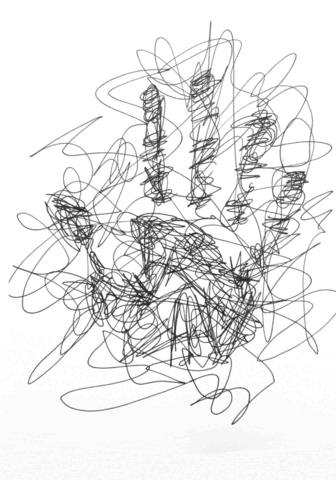The Book balances between a place of reality and this intangible otherworld. A world where if you run your thieving fingers through the opening, you come up empty-handed, at a loss for what you were looking for in the first place in the land of Forgotten Fairy Tales. Those who are religious either believe witchcraft is behind the making of It, or view It as a conduit to speak to their prophet. Others deny Its existence, out of fear of the unknown. Dreadful curiosity is what drives the non-believers to crack open Its spine, to read only the lines and not in between, and pass It to the next poor soul who worships the Book. But the believers and the non-believers have something in common: they see what they want to see. In the real world, a world filled with pollution, Angry Birds, and cancer, time is a construct created by humans. In the Book, time changes. It can be yesterday on page 22 and today on page 335. You can run from today to tomorrow, and tomorrow to Firsunthsday (a day between Friday and Saturday).
Regardless of Its origin, what does matter is that Forgotten Fairy Tales is the drug. No amount of rehab or money or cocaine can cause your eyes to meander off the page, come back to your own reality. Because once you believe, you too become forgotten. Once you understand that Rapunzel is dead, that Tweedledee and Tweedledum are orphans, that Ariel is the true sea witch, you vanish—like you were never born at all. You are no longer a sister, a friend, a husband, a nephew. No one is looking for you because you have become nothing, just a mere splatter covering the S in Snow White. Just another stain that magically appears as the forgotten characters of the Book stare down at the mark of the freshest disappearing act. And whether it is Cinderella’s twin brother that points it out or Captain Hook’s wife or Mulan’s bastard son, they all sigh at the new stain. On closer inspection, a handprint can be seen, maybe an eyeball, sometimes a whole face; it is always shaped into a scream.
